With the rapid development of nonwoven technology and the continuous expansion of its application fields, the demand for functionalized and personalized nonwoven products has further increased, and at the same time, the dyeing and finishing technology has become more and more popular in the nonwoven manufacturing industry. The more important the status. It can be said that dyeing and finishing technology has become one of the most important means to promote the upgrading of nonwoven products, improve grades and added value, and increase functionality.
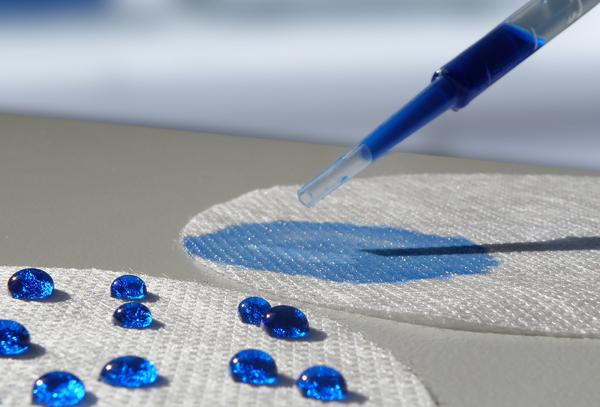
Non-woven fabric dyeing and printing process
For non-woven fabrics with loose structure and low strength, if the woven fabric dyeing and printing process is used for processing, not only the process flow is long, the efficiency is low, the cost is high, and the cloth body is deformed greatly, and it is difficult to reach the relevant application fields. Requirements. Therefore, non-woven fabrics are commonly used in coating dyeing/printing methods.
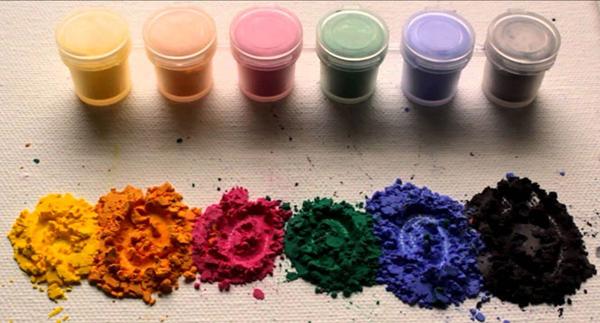
Non-woven fabric coating dyeing process:
Taking the spunlace nonwoven production line as an example, two processes of on-line dyeing and off-line dyeing can be mainly used.
The online dyeing process is: loose fiber → open cotton → combing → spunlace → foam dyeing (adhesive, coating and other additives) → drying → winding. Among them, the advantage of using foam dyeing is that energy can be saved, but there is a disadvantage of uneven dyeing.
The offline dyeing process is: spunlaced non-woven fabric → into cloth → padding (adhesive, coating and other additives) → pre-baking → tenter drying or drum drying → winding.
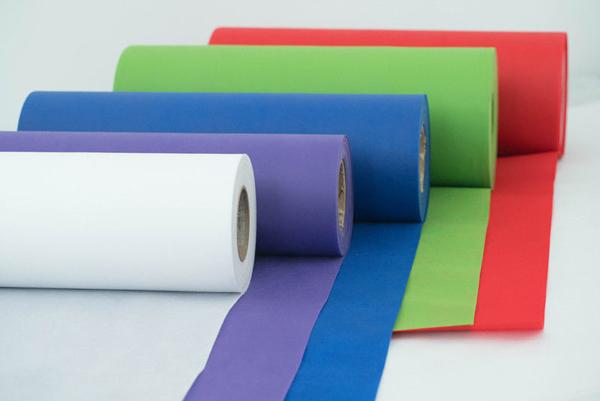
Non-woven fabric printing process:
If printing, the color paste made of paint, adhesive, corresponding auxiliary agent and water also needs to add thickener to increase the viscosity, and the color paste is printed on the non-woven fabric by the roller printing machine , and bonded in the drying process. The agent self-crosslinks to cause the paste to adhere to the nonwoven.
Taking the spunlace nonwoven production line as an example, the online printing process is: loose fiber → open cotton → carding → spunlace → dipping → printing (paint and auxiliary) → drying → winding. Among them, the dipping process can adopt the padding (two dip and two rolling) method, or the foam dipping method, and the factory does not have this process, which is mainly determined by the customer's requirements for product quality and application fields.
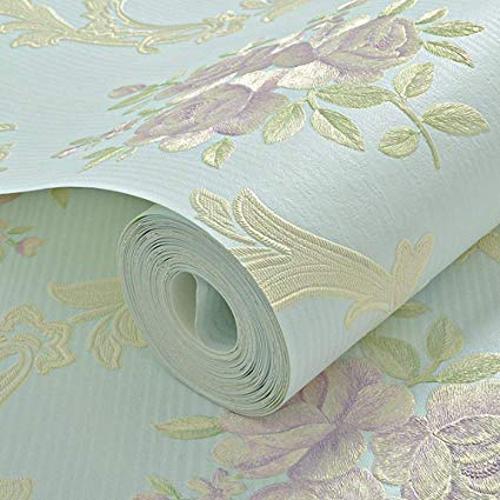
The printing process mainly adopts the roller printing method. The rotary screen printing is not easy to block the mesh, and is not suitable for the non-woven printing. There are also a few decorative non-woven fabrics using the transfer printing method, but this method has high printing cost and the surface of the non-woven fabric. And fiber raw materials have certain requirements.
With the method of coating and binder, the dyeing/printing process is short, high in efficiency and low in cost, which can fully meet the requirements of relevant application fields. Moreover, the method is simple and easy to apply, is applicable to various fibers, has low energy consumption, and is beneficial to environmental protection. Therefore, except for some special products, most non-woven fabric production plants use paint dyeing/printing methods. For some special requirements products, such as special black products, because the dyeing effect of the paint does not reach the "black hair bright" dyeing effect, it must be dyed with dyes, generally using the first loose fiber dyeing, and then the non-woven fabric processing method, there are a few The factory uses dyeing methods, but the production capacity is low and the cost is high.
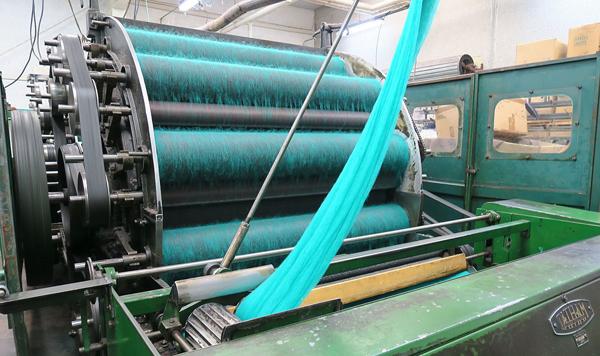
Non-woven fabric dyeing, printing coatings and additives selection
Dyeing/printing coating selection
When selecting dyeing/printing coatings, first select coatings that meet environmental requirements, such as chemical structure screening, and 23 kinds of structural comparisons that are harmful to humans and animals published by the European Union , and contain or decompose banned substances such as aromatic amines. Secondly, a coating with a larger molecular weight of the chemical structure should be selected. When using paints produced by different manufacturers, it is necessary to use the same kind of adhesive to test whether the color fastness meets the product requirements under the same conditions, and the paint manufacturer should also be required to provide safety data.
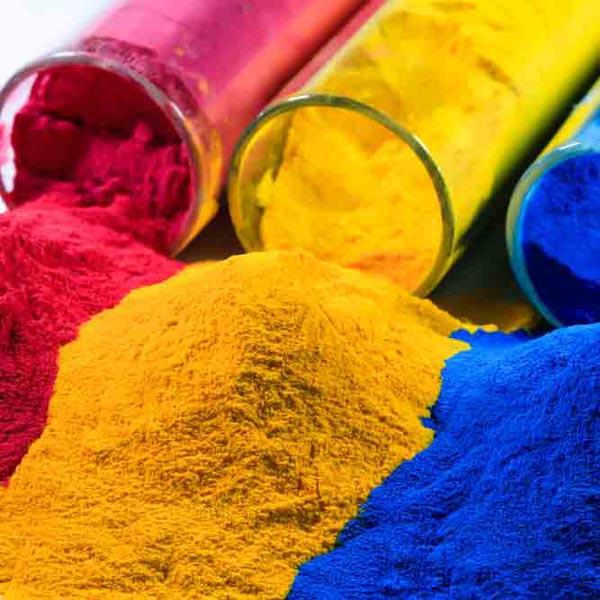
Dyeing/printing adhesive selection
Adhesives are one of the key factors affecting the quality of paint dyeing/printing. At present, paint dyeing/printing usually uses acrylate self-crosslinking type adhesive, which has the advantage that the production process is simple and easy to control. With the development of adhesive technology, new paint dyeing/printing adhesives have emerged, which has greatly improved the handfeel, rubbing fastness and color depth of paint dyed/printed nonwoven fabrics. Product quality and environmental requirements.
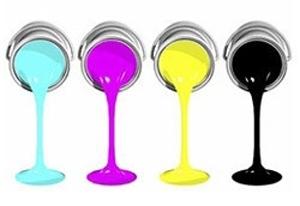
For example, a binder prepared by a core-shell emulsion polymerization method provides softness and adhesion by using a soft monomer as a core; a hard monomer is a shell, providing wear resistance, non-stickiness, and solvent resistance, thereby improving adhesion. The barrier of the agent, the phenomenon of sticky rolls. Xinlong Holdings (Group) Co., Ltd. has developed a preparation method for non-woven material impregnating finishing liquid, which solves the problems of easy pilling, poor friction resistance and low strength of non-woven fabrics prepared by ordinary impregnating finishing liquid, and avoids acrylates. Some disadvantages of the adhesive; and developed a method for preparing the dyed wood pulp paper of the non-woven material, changing the traditional dyeing process of the papermaking industry, solving the problem of poor color fastness and chromatic aberration of the wood pulp paper, and improving the wood pulp composite nonwoven fabric The quality of cloth and various indicators have reached the international advanced level.
In recent years, adhesives have continued to develop in the direction of multi-functionality and differentiation, with low-temperature self-crosslinking, cationic, polyurethane, hybrid, electrostatic flocking, composite coating adhesives, and supporting additives such as catalysts. In-depth study of anti-migration agents, dispersants, softeners, flame retardants, etc., greatly improved the level of dyeing and finishing technology of nonwoven fabrics. However, in the dyeing and finishing process of the nonwoven fabric, the adhesive often adheres to the equipment during baking and curing, which is easy to produce rubber particles and is difficult to remove, and has not been well solved in the industry, and further research is needed.
Blazer For Women,Long Blazer For Women,Plaid Blazer Womens,Winter Blazer For Women
Ningbo Ysang Garment CO.,LTD , https://www.nilesonegarment.com